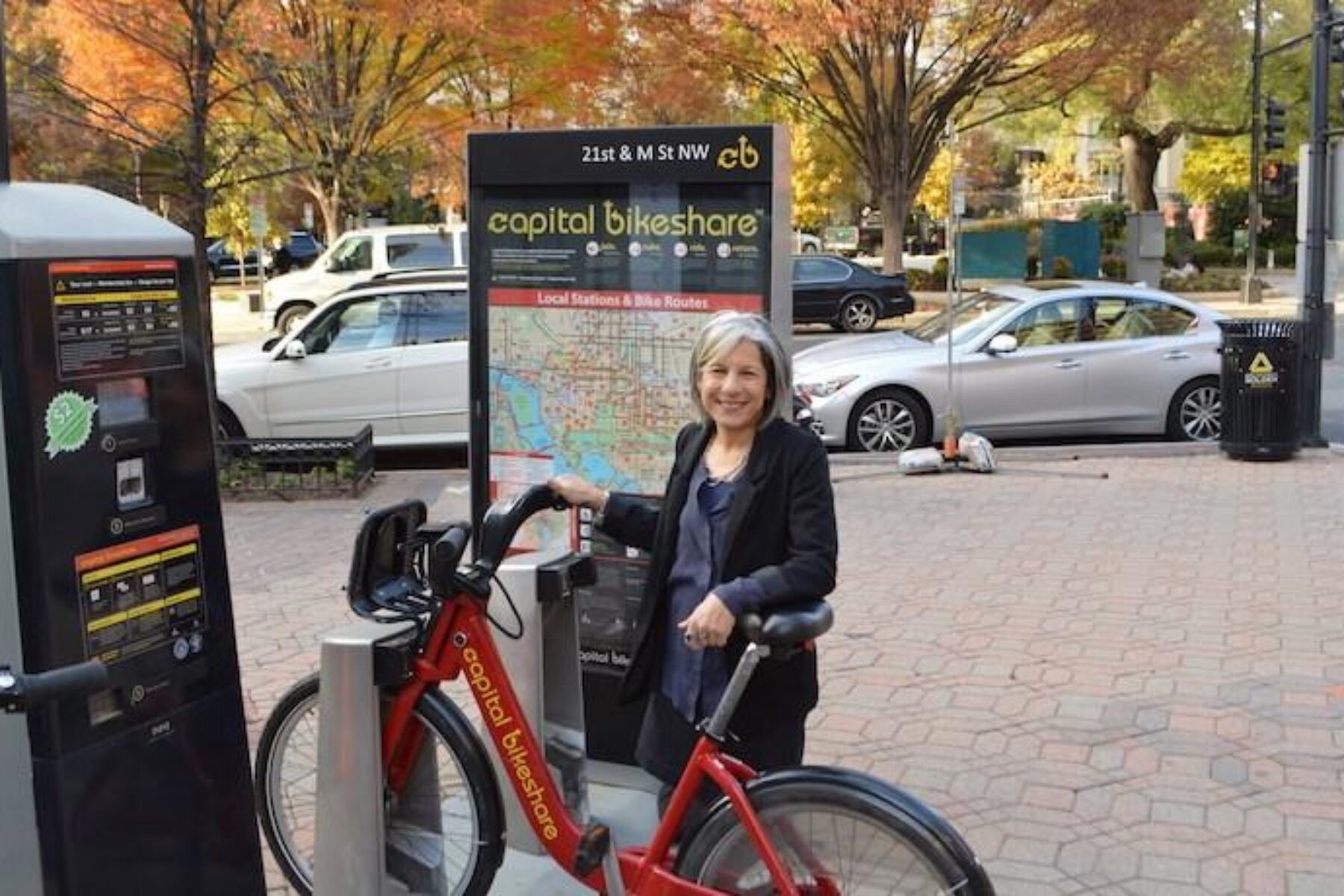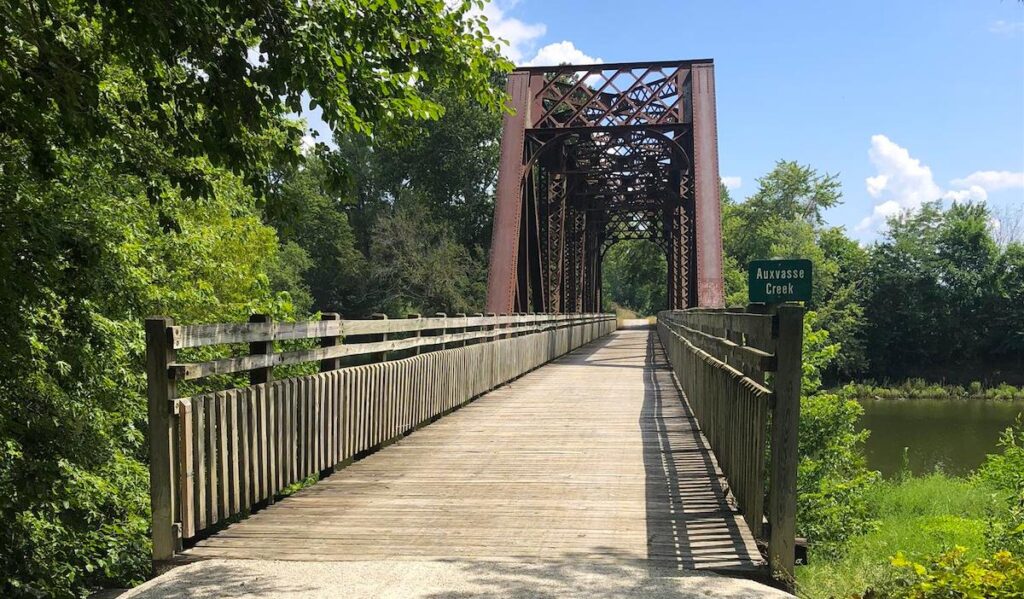Rail-Trail Cases That Have Shaped the Movement

When Andrea Ferster became Rails-to-Trails Conservancy’s (RTC’s) general counsel in October 1992 after seven years with the National Trust for Historic Preservation and in private practice, the legal framework around rail-trails was relatively undeveloped. Now, 25 years later, Ferster—who has represented RTC in more than 60 cases defending rail-trails—is one of the nation’s leading experts on rail-trail law.
In celebration of the 50th Anniversary of the National Trails System Act (1968), Rails to Trails magazine sat down with Ferster to talk about some of the cases that have shaped the movement—as well as the monumental importance of railbanking, which—born from the National Trails System Act in 1983—has helped facilitate the creation of thousands of miles of rail-trails to date.
Since 1986, RTC has been the nation’s foremost legal advocate for rail-trails in the nonprofit sector.
When you first came to RTC, what was the status of rail-trail law in the United States?
It was relatively undeveloped, although there had been several important cases that had helped clarify and advance the law on railbanking, including the U.S. Supreme Court case, Preseault v. United States [discussed below], upholding the constitutionality of railbanking. Charles Montange, a brilliant legal mind, was RTC’s first general counsel, and his work established many of the fundamental legal principles that protected rail-trails, and continues to be an extraordinary resource for the rail-trail community. David Burwell, RTC’s visionary co-founder, was also a lawyer, and his vision of building the movement always included developing a solid legal strategy. This is part of why the movement became so successful.
How did your previous experience prepare you to work on legal issues related to rail-trail conversion?
I had been working as a staff lawyer at the National Trust for Historic Preservation, and a lot of preservation cases intersected with rail-trail cases. Many rail-trails are historical or have historic features, and are entitled to special protections under federal and state law. Through this work, I became familiar with RTC.
In 1990, the National Trust submitted an amicus brief to the U.S. Supreme Court together with RTC in the Preseault case.
Why was protecting railbanking so important?
Railbanking is the federal law that allows disused rail corridors to be preserved for future trail use through interim conversion to trails. The tool treats these corridors as active rail lines and protects them from legal challenges. Without railbanking, the uncertainty over ownership issues might have prevented many of these corridors from being converted to rail-trails.
What impact has railbanking had to date?
RTC has always viewed railbanking as one of the twin policy pillars of our movement, along with the 1991 federal Transportation Enhancements [now Transportation Alternatives] Program. In 1990—shortly before Congress created a dedicated federal funding source for rail-trails—railbanking was found by the Supreme Court to be fully constitutional. These events mark the point at which the movement took off. We began to see the incredible increase in mileage … that grew for many years.
Railbanking has been particularly important for very long corridors, such as the Katy Trail in Missouri or the Cowboy Trail in Nebraska. Without railbanking, which eliminated many issues that could have arisen around ownership, I don’t think these corridors could ever have been acquired.

Tell us about a unique case you’ve participated in.
At one point, RTC was the legal owner of a corridor in rural, Southwest Georgia; we had purchased it with the intent to give it to the local community for trail development.
One county was very opposed to the project, so they passed an ordinance establishing ownership responsibilities that would have been impossible to meet. For example, the trail manager would have actually been required to install a plumbed toilet every 2 miles of the trail. The idea was to make the management so burdensome that the trail manager couldn’t afford to develop the corridor. RTC successfully filed a lawsuit to challenge the constitutionality of that local ordinance!
What has been your favorite case over the years?
My current favorite case is Moody v. Allegheny Valley Land Trust, involving “private railbanking.” In that case, the railroad was willing to sell but would not agree to railbank the corridor with the Surface Transportation Board [the governing body for railbanking]. So the trail manager decided to privately railbank the trail by placing language in the deed that the corridor was available for future rail service. Ultimately, the Pennsylvania Supreme Court held that the corridor was indeed railbanked! This case sets an important precedent validating the use of railbanking as a tool even where the STB has no jurisdiction.
This article was originally published in the Winter 2018 issue of Rails to trails magazine. It has been reposted here in an edited format.

Donate
Everyone deserves access to safe ways to walk, bike, and be active outdoors.